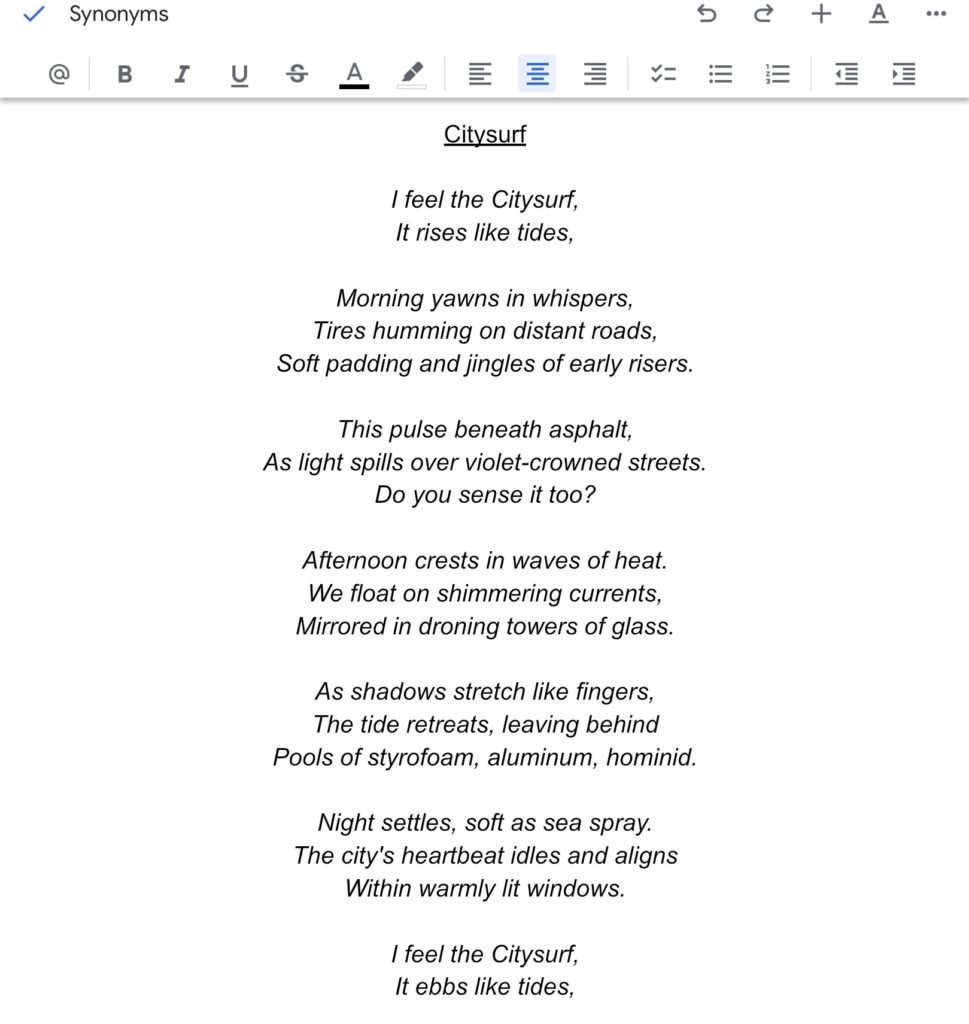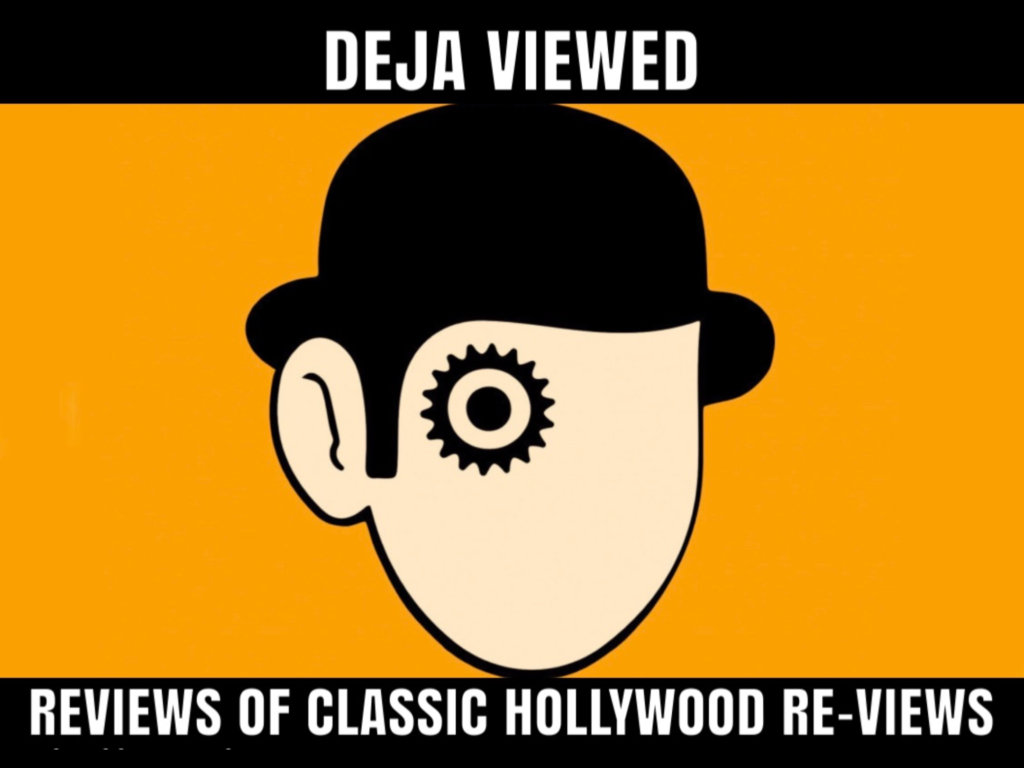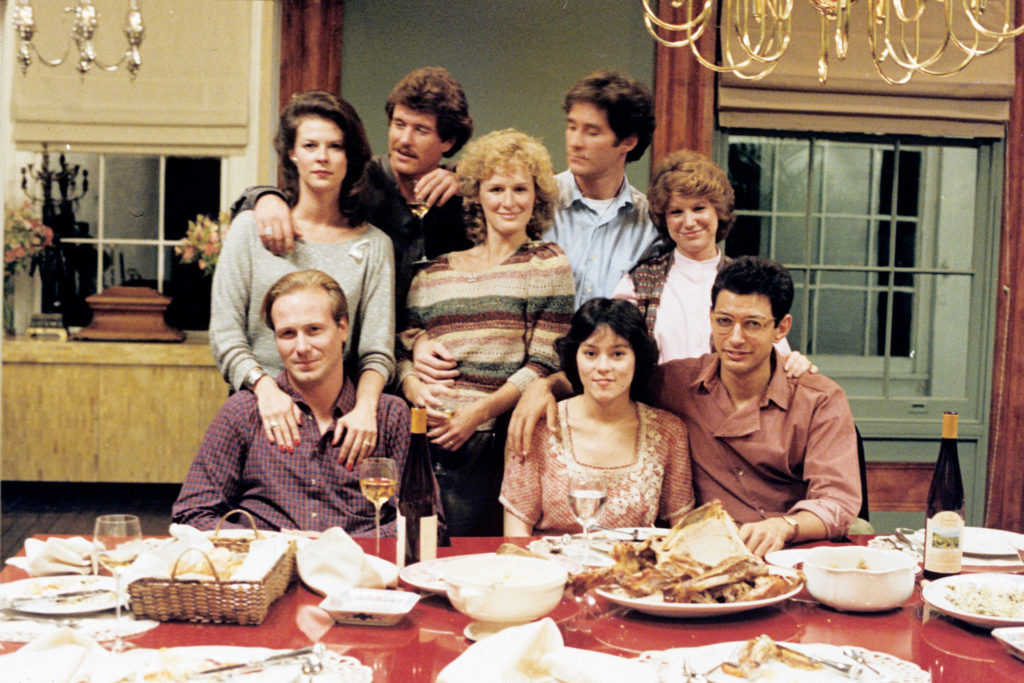Category Archives: Uncategorized
Deja Viewed: ‘The Big Chill’
“The Big Chill” isn’t just a movie – it’s a time machine set to the beat of Motown.
Lawrence Kasdan’s 1983 gem reunites college friends for a weekend of soul-searching after a tragedy. It’s a snapshot of a generation realizing their revolution got lost in the mail.
The ensemble cast is a who’s who of ’80s talent. Glenn Close, William Hurt, and Jeff Goldblum lead a group so natural you’d think they shared a dorm.
But let’s talk about that soundtrack. It’s not background noise – it’s practically a character. The Temptations, Aretha Franklin, Marvin Gaye – each track is a time portal to the characters’ glory days.
When the needle drops on “I Heard It Through the Grapevine,” you can feel the years melt away. For a moment, they’re young again, full of hope and terrible dance moves.
Kasdan’s direction is like a good host – it knows when to mingle and when to step back. He gives his actors room to breathe, resulting in moments that feel stolen from real life.
The film walks a tightrope between laughter and tears. One minute you’re chuckling at Jeff Goldblum’s acerbic wit, the next you’re gut-punched by the raw emotion of a shared loss.
Yes, it’s a Baby Boomer manifesto. But strip away the ’60s references, and you’ve got a universal story about growing up and realizing life isn’t what you ordered.
“The Big Chill” is comfort food for the soul. It reminds us that while we can’t go back, we can always gather our tribe, crank up some Smokey Robinson, and dance in the kitchen.
It’s a film that, like its soundtrack, only gets better with age. It’s a testament to the power of friendship, the pain of compromise, and the eternal hope that maybe, just maybe, we can still change the world.
Now, if you’ll excuse me, I’ve got a sudden urge to dust off my vinyl collection.
Relatively Speaking

Time moves faster at higher altitudes.
Time seems like a simple enough concept — 60 seconds in a minute, 60 minutes in an hour, and so on. That is, except for a little something called “gravitational time dilation.” First explored in Albert Einstein’s general theory of relativity, the idea is almost confusingly simple — the farther away you are from a massive object (e.g., a planet), the faster time travels. The more massive the object, the slower time travels, which is why things get very wonky around supermassive black holes like the one at the center of our galaxy.
These differences in how time flows are minuscule on Earth, so they don’t really affect us — the top floor of the Burj Khalifa, the world’s tallest building, does not operate with a special time-dilated clock. Yet technically, even our heads experience time just a bit differently than our feet. In 2010, the U.S. National Standards and Technology (NIST) even performed an experiment using optical atomic clocks that could measure a change in time dilation within less than 1 meter.
Although imperceptible to our minds, precision technologies such as GPS need to factor in time dilation in order to work at all. So the next time you use Google Maps, consider giving a shout-out to Einstein and his mind-bending theory of the universe.




